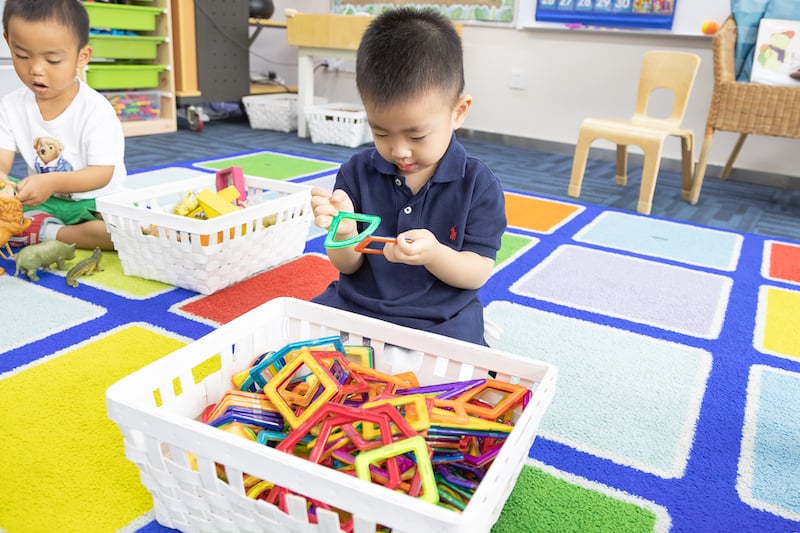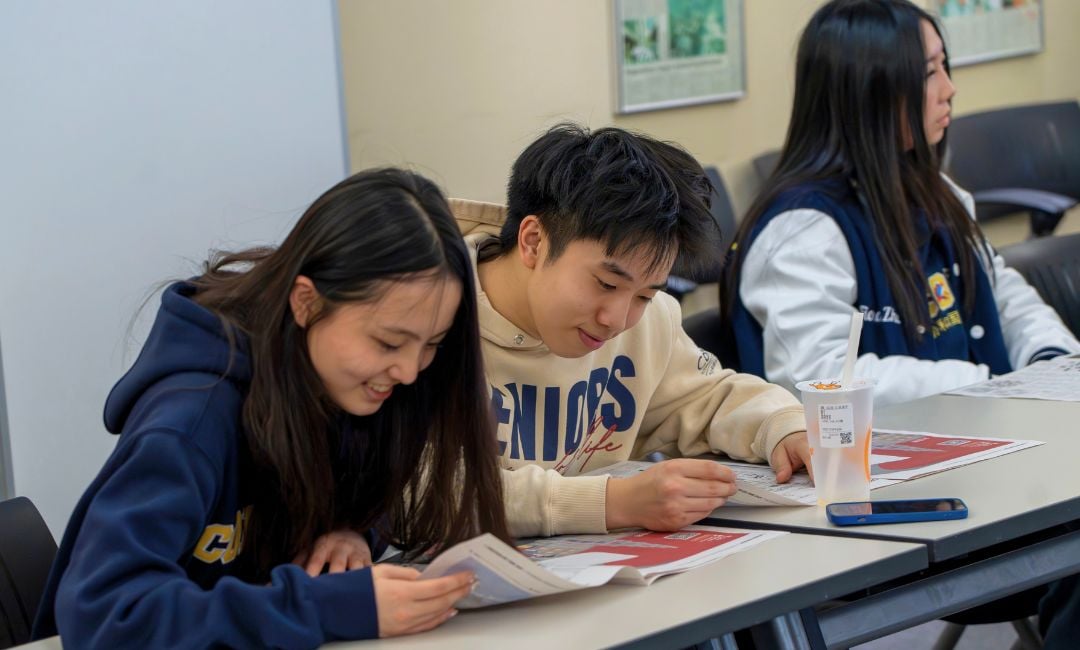This week’s Tuesday Tip is about the importance of young children developing fine motor skills. In this week’s article, I will point out why it is important that young children develop the essential hand and finger muscles.
As I’ve written about in previous articles, it is often difficult to practice patience when working alongside our 3-, 4-, or 5-year-old child. It’s hard to stand back and let them complete the task at hand. This is apparent when watching a young child brush their own teeth, snap their own jacket, put their shoes on and more! Although they have four fingers and one thumb, just like the rest of us, it can look like they are “all thumbs.” If your child is struggling to complete their task independently, give them enough guidance to help them through it, then let them keep on trying on their own.

It takes time, teaching, and a lot of practice to help a young child develop the fine motor skills such as grasping, pulling, lacing, twisting, or opening/closing objects. To make matters more complex, a parent must keep in mind that every child is different. A first-born child may have learned how to manipulate objects rapidly, whereas as younger sibling struggled for months beyond the first child. It is important to keep in mind that every child is unique and learns and develops at their own pace. Keeping that in mind, here is a brief article (vivvi.com) which presents some milestones a parent might observe in a developing child from birth to age five.
Why are fine motor skills important?
Perhaps the most obvious answer is simply, so they can correctly utilize a pencil, scissors, and crayons, which are much needed tools for success in kindergarten. However, being able to control the tools needed for kindergarten concurrently develops a child’s confidence, independence, pride-in-self, and willingness to take risks. These social-emotional reasons for developing fine motor skills are most important. Furthermore, with well developed fine motor skills, your child will have more future success learning to play an instrument, playing some sports, or even taking on creative hobbies.

Here are a few ideas of ways you can help your child continue their development of their small motor muscles:
- Playing with play dough
- Threading large beads with a thick yarn
- Threading thick yarn into holes made around the edges of a cardboard circle or square
- Completing puzzles
- Coloring and/or painting
- Playing in the sand box, building sand structures with damp sand
- Playing in the bathtub filling objects with water and pouring water
- Playing with building blocks or Legos
- Helping you make cookies
- Drawing with sidewalk chalk
- Cutting paper with scissors – making creative art projects
- Helping pick up toys after playtime
Here is a link to a blogger’s article (Inspiro.org.au) which shares some of these ideas in more detail, if you’d like to learn more about them.
In summary, fine motor skills are essential for success in the Early Childhood years of schooling and during the onward progression into the upper grades. But they are also critical in developing social-emotional wellbeing, such as confidence and pride in self-reliance. Hopefully this week’s Tuesday Tip will encourage you to guide, teach and assist your early childhood aged child in learning how to complete tasks which require those small motor muscles in the fingers and hands. Make it fun, by allowing your child to help mix cookie dough, play dough, or create works of art for the home. All things are learned best, when wrapped in love and joy.




